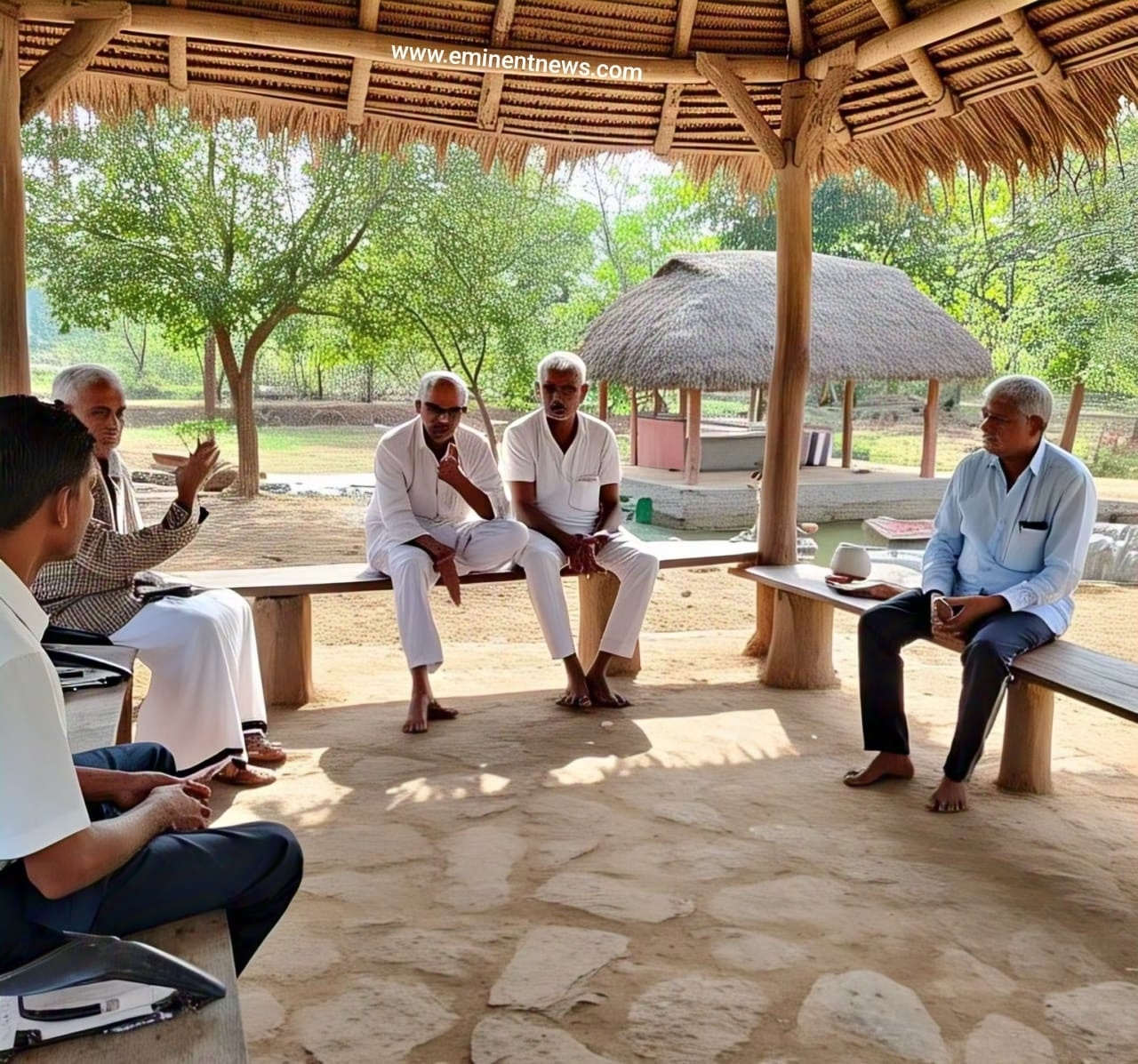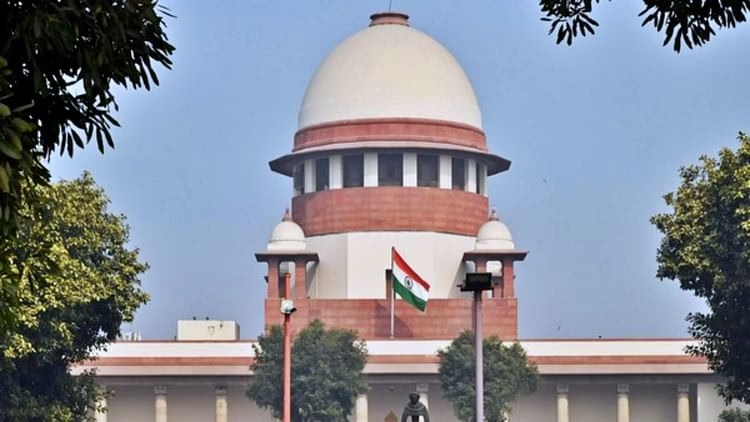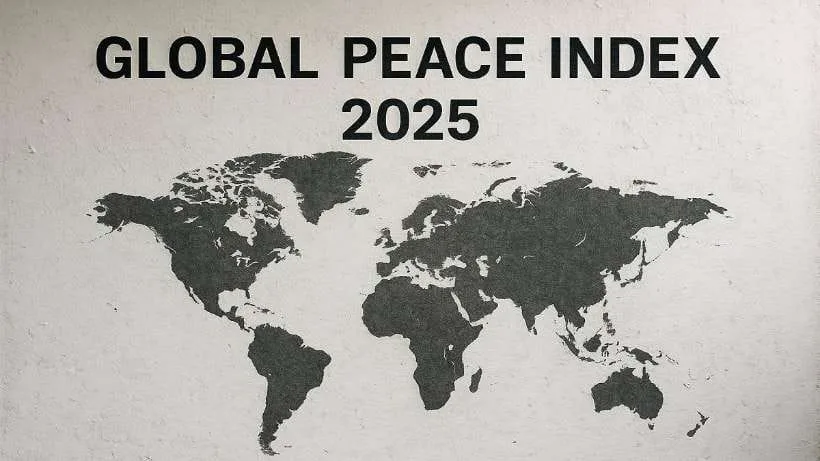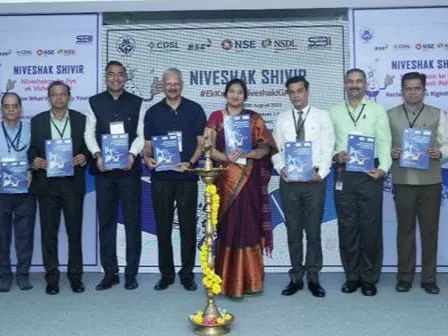The Panchayat Advancement Index (PAI) is a tool introduced by the Ministry of Panchayati Raj to evaluate the performance and effectiveness of Gram Panchayats in India . The first-ever PAI baseline report was released in April 2025, for the fiscal year base is 2022-23 .
Key Aspects of the PAI:
- Purpose: The PAI aims to assess and categorize Gram Panchayats based on their performance to identify gaps and enable evidence-based planning . It seeks to promote transparency, accountability, and data-driven decision-making at the grassroots level, fostering a competitive spirit among Panchayats .
- Assessment Framework: The index is a composite one, compiled using 435 unique local indicators . These indicators consist of 331 mandatory and 104 optional data points across nine themes related to the Localization of Sustainable Development Goals (LSDGs) . The PAI is aligned with the National Indicator Framework (NIF) of the Ministry of Statistics and Programme Implementation (MoSPI) .
- Nine LSDG Themes: The PAI evaluates Panchayats across nine themes that are aligned with the Sustainable Development Goals (SDGs) :
- Poverty-free and enhanced livelihoods
- Healthy Panchayat
- Child-friendly Panchayat
- Water-sufficient Panchayat
- Clean and green Panchayat
- Self-sufficient infrastructure
- Socially secured Panchayat
- Good governance
- Women-friendly Panchayat
- Performance Categories: Based on their scores, Panchayats are categorized into five tiers :
- Achiever (90+ points): No Panchayat qualified for this category in the initial assessment .
- Front Runner (75–90 points): 699 Panchayats (0.3%) .
- Performer (60–75 points): 77,298 Panchayats (35.8%) .
- Aspirant (40–60 points): 132,392 Panchayats (61.2%) .
- Beginner (below 40 points): 5,896 Panchayats (2.7%) .
- Data Collection and Validation: Out of 255,699 Gram Panchayats, 216,285 submitted validated data through the PAI portal . However, data from five States/UTs (Meghalaya, Nagaland, Goa, Puducherry, West Bengal) were excluded due to pending validation .
- Top Performing States: Gujarat led with 346 Front Runner Panchayats, followed by Telangana with 270 . Maharashtra, Madhya Pradesh, and Uttar Pradesh recorded high numbers of Performer Panchayats .
- States with Developmental Gaps: Bihar, Chhattisgarh, and Andhra Pradesh had a larger share of Aspirant Panchayats, indicating areas needing focused developmental efforts .
- Data Portal: A multilingual online PAI Portal (www.pai.gov.in) was used for data collection .



























